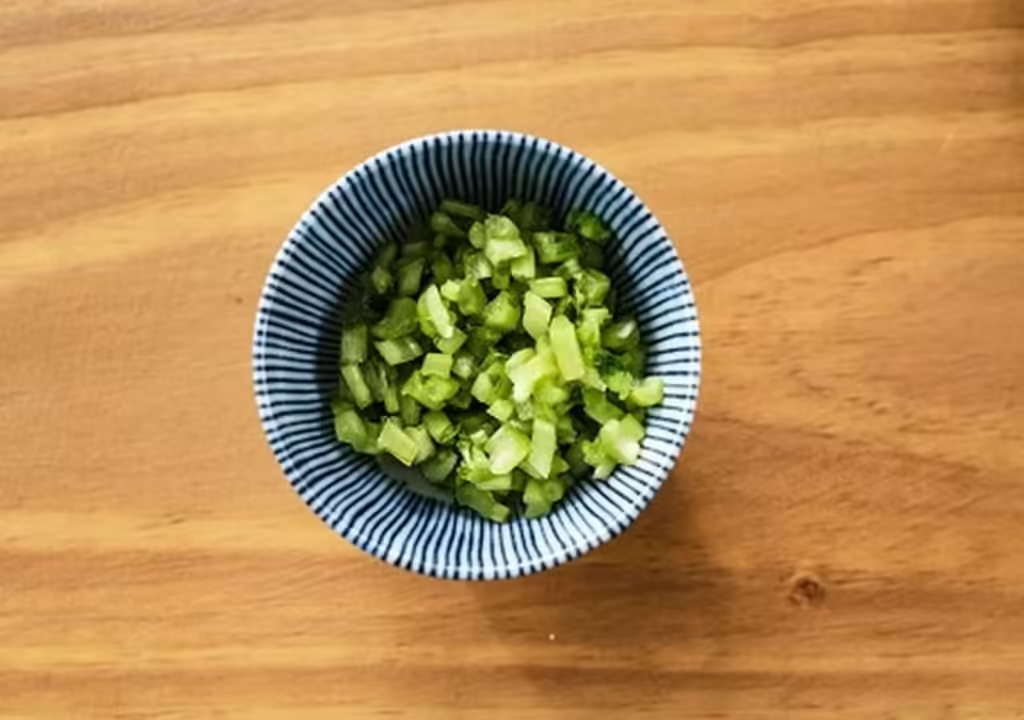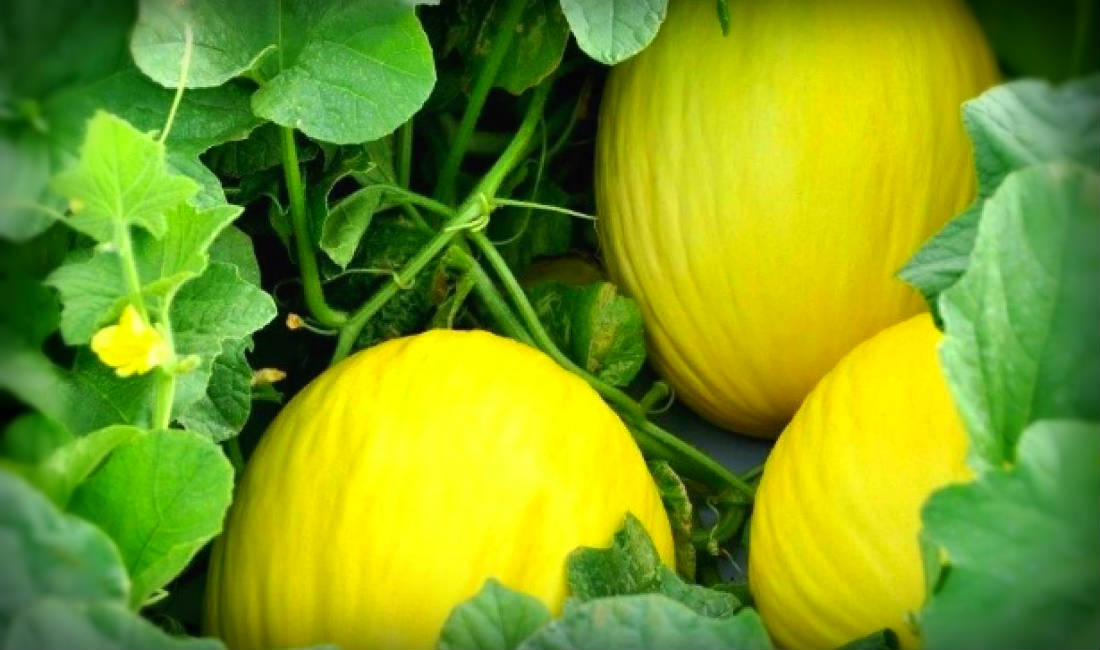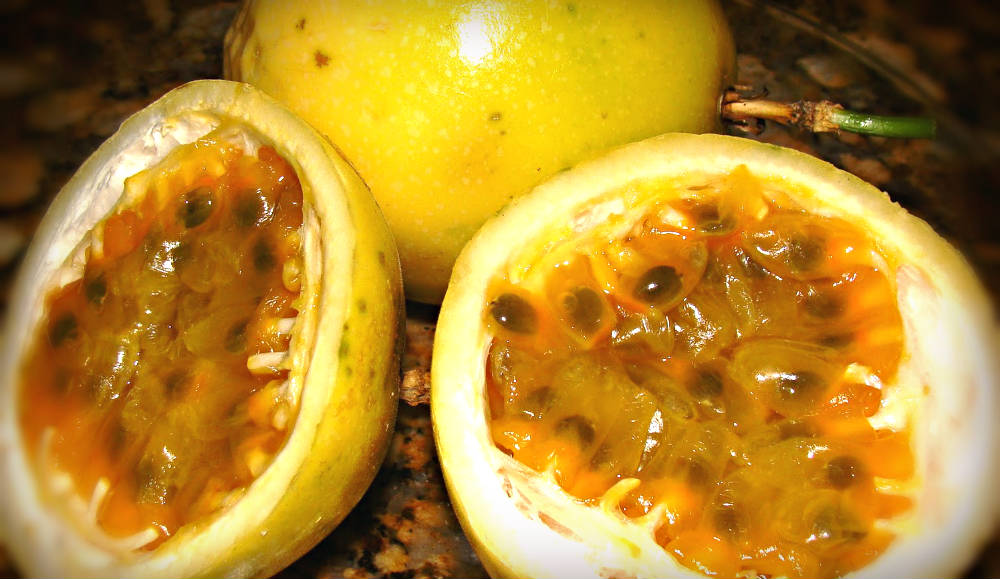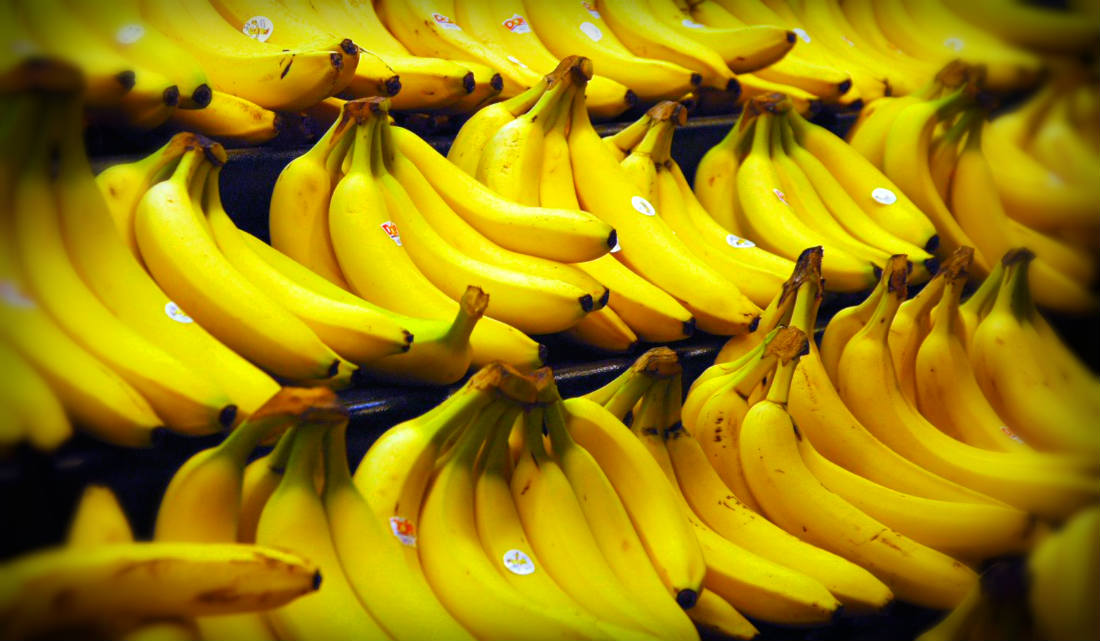Anúncios
When we think about recycling, the first thing that often comes to mind is plastic, paper, and other recyclable materials. However, recycling can also be applied to the kitchen, especially when we talk about making full use of food.
THE pickled turnip greens It is a perfect example of how we can transform what would otherwise be considered “waste” into a delicious and nutritious recipe. In addition to being a sustainable practice, this preserve brings benefits to the environment and your health.

Simple Ingredients for Amazing Flavor
One of the biggest attractions of pickled turnip greens is the simplicity of its ingredients. All you need to get started are:
- Salt
- Turnip greens
This minimalist recipe is not only easy to make, but it also emphasizes the importance of using foods that are often discarded. Turnip greens, in particular, are rich in nutrients and can add a unique flavor to your dish.
Preparing Turnip Greens Pickle
The preparation of the pickled turnip greens It’s as simple as its ingredients. Start by washing the turnip greens thoroughly and chopping them into small pieces. For each cup of tea leaves, add a teaspoon of salt. This step is crucial, as salt helps preserve the greens, keeping their flavor and nutrients for longer.
After mixing the leaves with the salt, place a light weight on top of them and let them sit for a day. This time allows the salt to do its work, drawing out the moisture from the leaves and beginning the pickling process. The next day, rinse the leaves quickly in cold water to remove any excess salt. Squeeze the leaves well in a bowl, and voila! Your pickled turnip greens is ready to be served.
Savoring Pickled Turnip Greens
THE pickled turnip greens It is incredibly versatile and can be used in many ways in the kitchen. Traditionally, it is served with white rice, providing a delicious contrast between the slightly salty flavor of the leaves and the softness of the rice. However, you can experiment with other combinations, such as adding it to sandwiches, salads or even as a side dish with grilled meats.
This recipe is a fantastic way to incorporate more vegetables into your diet, and it’s also a creative way to reduce food waste. Best of all, you’ll be doing your part to help environment more sustainable.
Benefits of Preserving Leaves for the Environment
THE recycling of food in the kitchen, such as the practice of canning, brings countless benefits to the environment. By using turnip greens that would otherwise be discarded, you reduce the amount of organic waste that goes to landfill, reducing pressure on landfills and helping to reduce greenhouse gas emissions.
Also, when making your own pickled leaves, you also reduce the need to buy processed foods, which often come packaged in plastic and other non-recyclable materials. This small gesture of recycling in the kitchen can have a big environmental impact over time.
Exploring Other Preserves
If the pickled turnip greens If you’ve been intrigued by pickling, there are plenty of other pickling recipes you can explore. Beet greens, carrot greens, and even spinach stalks can be turned into delicious and nutritious pickles. Each type of green offers a different flavor, allowing you to experiment and discover new combinations for your meals.
These homemade preserves are a great way to practice recycling of food and ensure that you are making the most of the nutrients that nature offers. In addition, they are practical and can be stored for a long time, making it easier to prepare quick and healthy meals on a daily basis.
Contributing to a More Sustainable Lifestyle
Adopting sustainable practices in the kitchen, such as canning, is an effective way to take care of your environment and your health. Small changes, like making the most of your food, can make a big difference in the long run.
THE pickled turnip greens is more than just a revenue; is a declaration of commitment to sustainability and the conscious use of resources. By incorporating this practice into your daily life, you not only add flavor to your meals, but also contribute to a more balanced and healthy world.
Learn how to make other arts by recycling, Click here.
Check out interesting facts about recycling clicking here.




